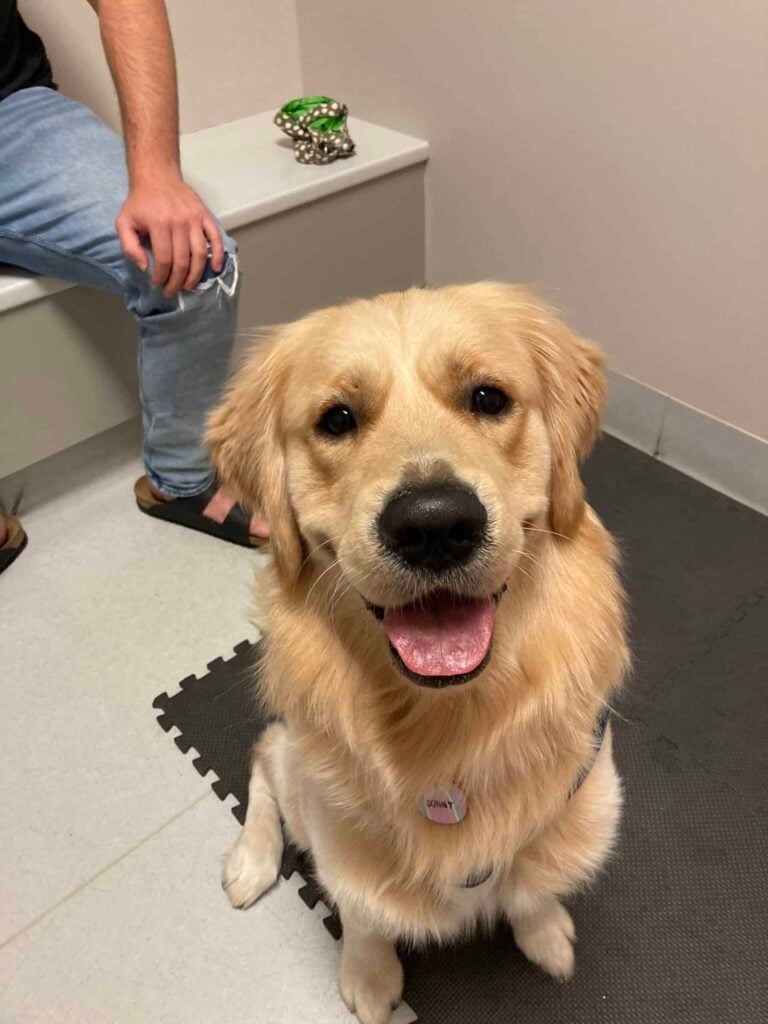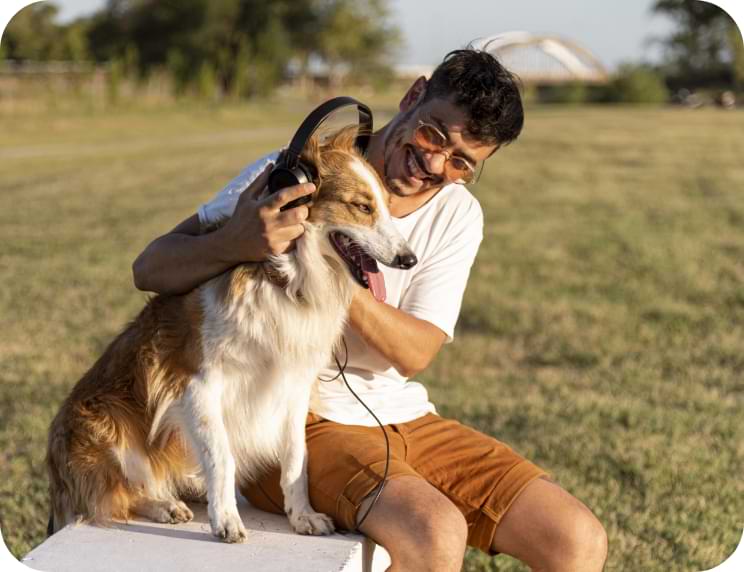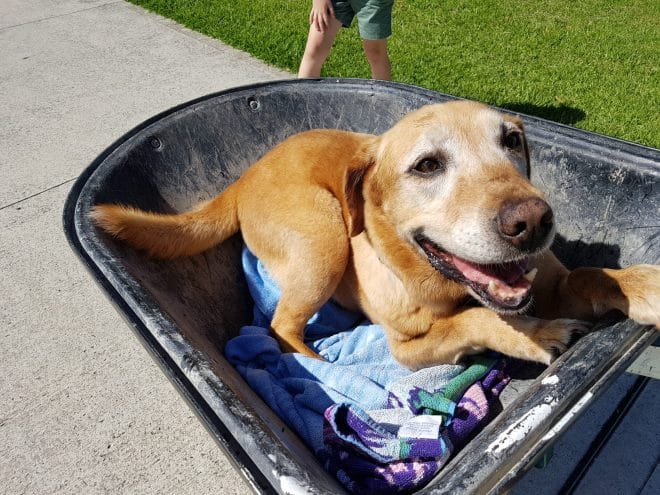CRUCIATE INJURY
How many times have we heard: ’My dog was chasing a ball at the beach, and after a while he came back limping. I didn’t see anything unusual. It has been a few days now, and he hasn’t been using his leg properly since then. He doesn’t seem painful though!!’
Cruciate disease (rupture of the anterior or cranial cruciate ligament) is a common injury in dogs. It is a degenerative disease and results in osteoarthritis within six weeks of injury. The cruciate deficient stifle in dogs has been used as a model for osteoarthritis in humans. This speaks to the rapid development of secondary changes in the knee, and once a joint has osteoarthritis, it remains painful, even after surgical stabilisation. Another concern for a dog with a cruciate injury is the subsequent rupture of the cruciate ligament in the other knee. Studies have found that over 50% of dogs that rupture one cruciate ligament, go on to rupture the other side.
SO WHAT ARE THE SURGICAL OPTIONS
Surgical stabilisation of the knee is considered the best treatment for a cruciate injury. It is important that you have an understanding of the nuances and differences of various procedures, in choosing the best option for your dog.
Having said that, there are a vast and growing number of procedures and techniques for surgical repair of a cruciate deficient stifle. It is my personal opinion that when this is the case, often it means that there is no ‘one clear answer’ to the problem…or…there are multiple factors to consider and pros and cons exist at every turn.
Cruciate surgeries fall into two broad families – the extracapsular techniques and the osteotomy techniques.


The extracapsular suture techniques includes the DeAngelis or lateral fabellotibial suture and Bone tunnel or Tight rope methods. These procedures each may have different securing methods, and variations, depending on surgical preference. They stabilise the knee by providing a suture or securing method, on the lateral surface of the joint outside the joint capsule, to reduce unwanted movement in the joint.
The osteotomy techniques include (but is not limited to) the TPLO – tibial plateau levelling osteotomy, TTA – tibial tuberosity advancement and the TWO – tibial wedge osteotomy.

These surgeries alter the geometry of the knee, to make the cruciate ligament obsolete. The TPLO and TWO (not shown) flatten the tibial plateau, whilst the TTA changes the vector forces operating in the knee. These techniques are characterised by cutting the bone, and securing it in a new location, involving plates and screws.

Having provided rehabilitation services to both post operative surgical cases and conservatively managed cruciate cases – where no surgery was performed, I continue to recommend surgery as a first option.
Choosing a surgical option that suits your dog and your budget can be challenging.
There are some important factors to consider. Age, size and breed (<15kg and > 15kg), expectations for activity after surgery or working or sporting dog, budget, other existing injuries – including existing osteoarthritis and illnesses, will all be important in deciding on, or recommending surgical options. It is also important to consider the behaviour of the dog and the capabilities of the owner and any limiting factors that may make rehabilitation challenging.
For large breed dogs (> 15kg) and for athletic dogs, osteotomy repairs are commonly recommended. Although these procedures are more costly, they do allow early weight bearing, which is important for larger dogs. However, some studies show that limb function (especially after medial meniscectomy) rarely returns to normal, and that there is little difference between osteotomy (TPLO) and extra capsular repair (DeAngelis suture) on function.
However, the complication rate for dogs undergoing a deAngelis procedure is much higher than that for osteotomy repairs. The dogs that suffer from complications are usually younger at the time of surgery, or larger breed dogs.
Reading between the lines, I tend to think that deAngelis repairs don’t hold up to zoomies in the backyard once the slightly overweight Labrador feels good again.
Another study shows that the development of osteoarthritis, although present in 100% of post operative cases, is less severe and slower in cases that have had a TPLO compared to a deAngelis procedure.
The debate around surgery could be endless.
If you would like advice regarding your dog’s injury and information to help you make the right choice for your dog, please don’t hesitate to contact us.





